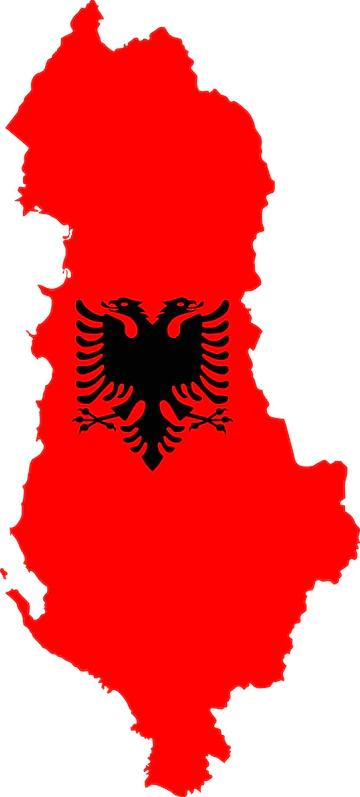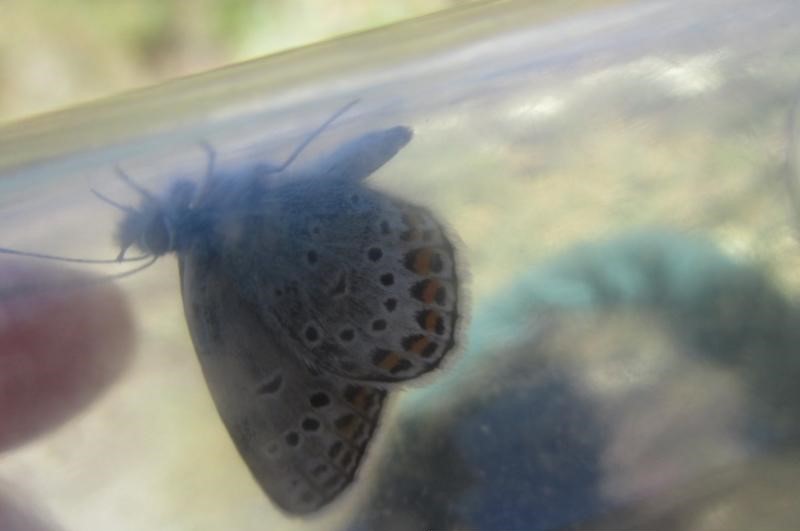Fluturat e Shqipërisë Last update: 09.i.2025 |
 xx xx |
 Tirana University Faculty of Natural Sciences Department of Biology |
|
9. Butterfly identification Butterflies are important indicators of a healthy environment and ecosystem. They are flagship species for conservation in general and indicate a wide range of other invertebrates.
A correct butterfly identification is important for understanding the distribution of each species, for nature management and for conservation purposes. For species that do not have similar taxa, visual identifcation in the field is sufficient. For similar species, it is recommended to net the butterflies. 1a. Investigation of the antennal club to distinguish Erebia medusa from Erebia oeme. Erebia medusa. Cerem, Albania. (Photograph: Sylvain Cuvelier For small specimens a Petri dish or transparant tube can be useful (Fig. 2)
2. Investigation of the underside of a Plebejus in a transparant tube. Albania (Photograph: Ken Bond Field photography has become very accessible and is a second option for similar species but only as second choice. It can be difficult to visualize the characteristics you are looking for and in most cases it is only possible to photograph the upper- or the underside. For the species with subtle and small characteristics, sampling the specimen for further research is the best option. Fig. 3. Dissection of ♂ Maniola jurtina during a training on 19.vii.2022 for biology students at the Faculty of Natural Sciences, Department of Biology, Tiranë (Photograph: AP) In a limited number of cases, there are only differences in the DNA. In this case, mitochondrial DNA barcoding is needed for a correct identification. There are now also a few photo recognition apps available based on artificial intelligence. This is still in its infancy and similar species cannot yet be properly identified despite good photos (Mølgaard & Cuvelier, 2021) We currently advise against its use.
|
